Planet X System Incoming: The Ring of Fire is exploding right now
The Ring of Fire is exploding right now: 32 volcanoes erupting, 33 showing minor activity, and several strong earthquakes
PLUS: VIDEO...Potential Tsunami for California? Latest Fireballs in the skies!
The Ring of Fire is exploding right now with 32 volcanoes erupting, 33 showing unrest or minor activity, and several strong earthquakes.
The latest volcanic peaks to have erupted being Rincon de La Vieja and Turrialba in Costa Rica, Fuego and Pacaya in Guatemala, and the continuous seismic unrest at Mount Agung in Indonesia.

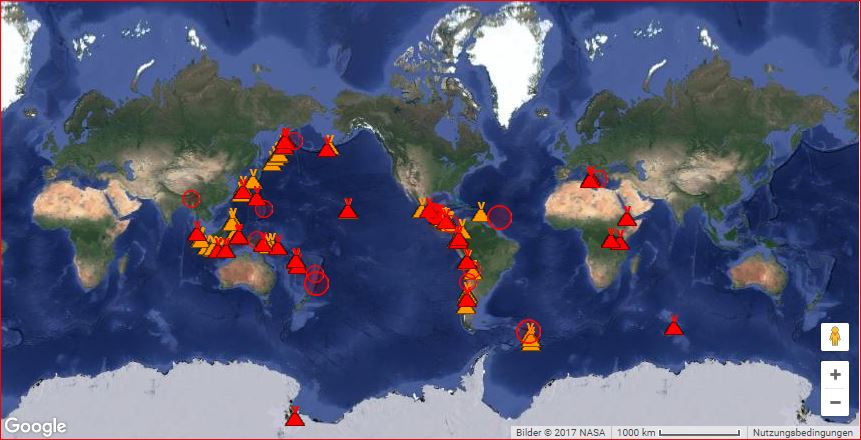
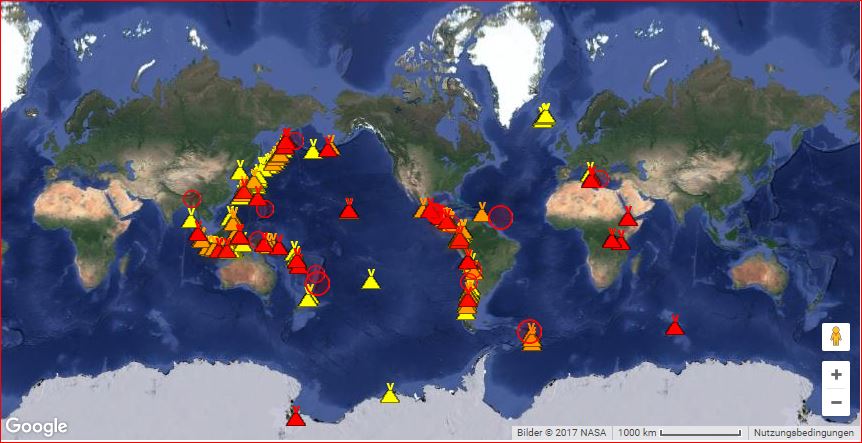
On October 3, 2017 Rincon de La Vieja and Turrialba in Costa Rica, Fuego and Pacaya in Guatemala started erupting, while Mount Agung in Indonesia was showing continuous signs of unrest:
On 3 October 2017, two phreatic eruptions – 8:48 and 14:45 local time – rattled Rincon de La Vieja in Costa Rica, sending a white plume at 500 meters, 700 meters and 1500 meters above the crater, respectively.
Just before, at 7:00 local time, a small eruption ejected ash and gas up to 500 meters above the crater of Turrialba in Costa Rica.
Meanwhile, in Guatemala, the Fuego volcano is exploding at a dramatic rate of 10-12 eruptions / hour, expelling plumes of ashes rising between 4,400 and 5,000 meters asl.
The Pacaya volcano in Guatemala is also active with explosions sending materials 40-80 meters above the Mackeney cone crater. Officials say this new periodof activity is likely to result in larger explosions and new lava flows.
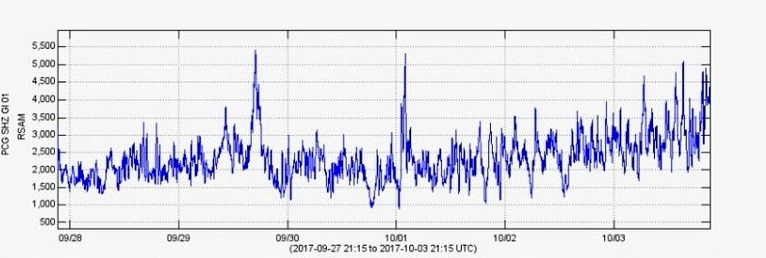
However, the seismic activity is still high on October 3rd, with 322 deep volcanic earthquakes, 287 volcanic earthquakes and 48 local tectonic earthquakes.
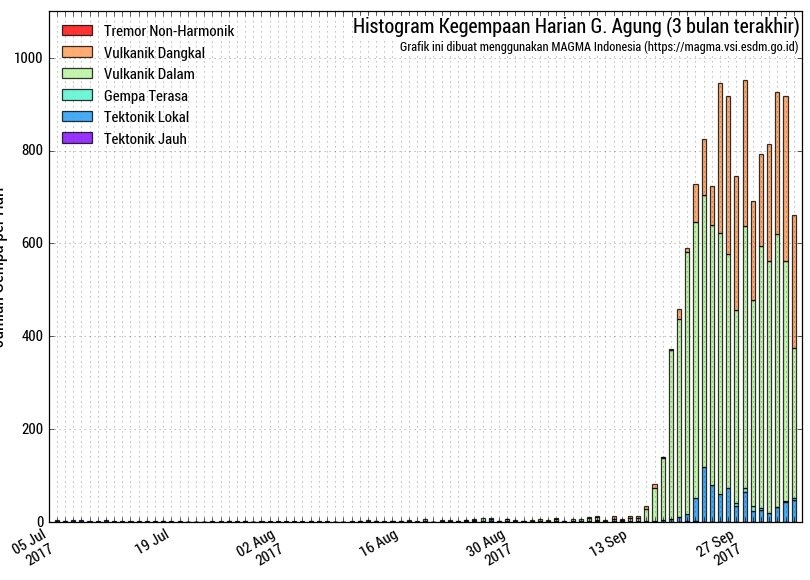
Series of catastrophic events along the Ring of Fire are pointing to a potentially major event in the near future
The world’s billionaires are spending lot of money on preparations for the end of the world.
Given recent catastrophic events including three devastating Atlantic hurricanes, serious earthquakes in Mexico, and apocalyptic wildfires in Western United States, it would be a matter of basic prudence for the common person to consider putting in at least basic provisions to weather a natural disaster.
Earth is a living organism. And right now, all eyes are on the Pacific ring of fire, as a growing list of volcanic eruptions and tectonic tremors are pointing to a potentially major event in the near future.The ring of fire is a massive circle of volcanoes along the perimeter of the Pacific ocean basin. Made up of 452 volcanoes, the ring of fire marks the edges of a tectonic zone where the Pacific ocean floor rises to form the western edge of North and South America and the islands along the eastern edge of Asia and Australia. It spans nearly 25,000 miles in distance and is the world’s primary source of earthquakes and volcanic activity.
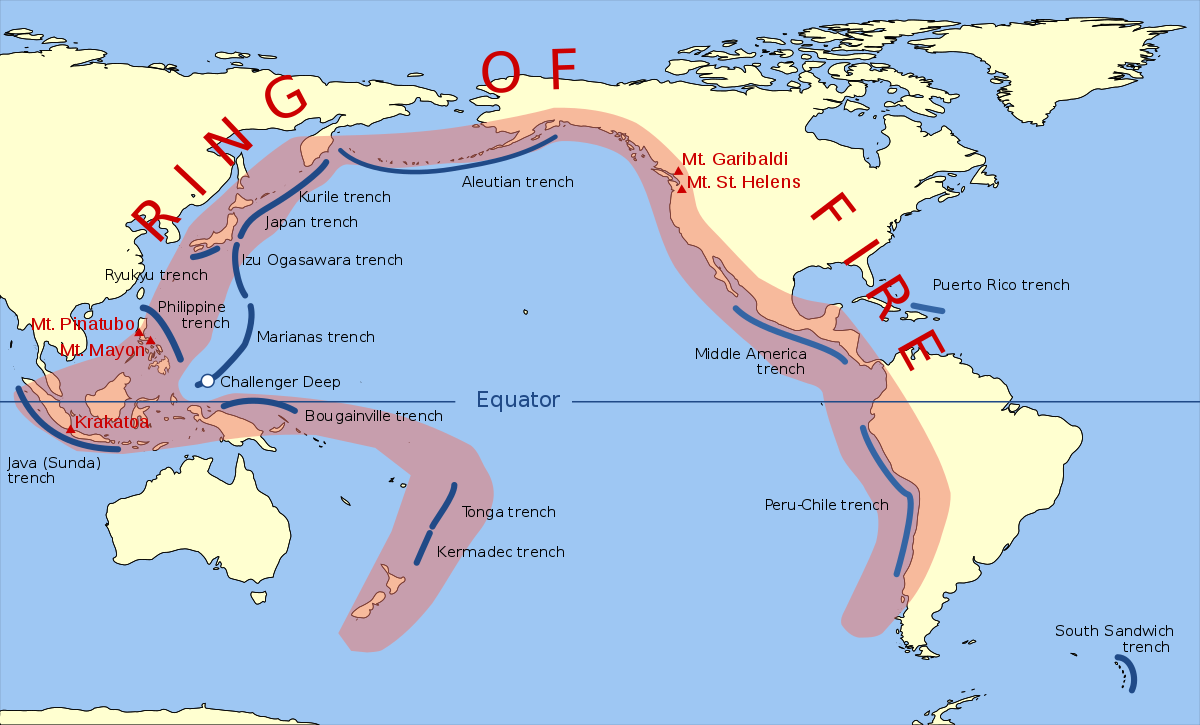
The entire population of Ambae
is being moved from the path of the “increasingly active” Manaro
volcano. On the Indonesian island of Bali, more than 144,000 people have
been taken to shelters as authorities warn that Mount Agung could erupt at any time.
Experts are pointing out that significant pressure has been building up along the San Andreas fault for decades now. Swarms of quakes have been detected in Yellowstone – more than 2300 quakes – and Idaho, causing serious concern about the possibility of the eruption of the Yellowstone Supervolcano.
Cascadia seismic zone
Of particular note in recent events are activity along the dangerous Cascadia subduction zone, which could produce a mega-thrust earthquake of magnitude 9 or higher along the coast of Washington State, Oregon and British Colombia.Megathrust earthquakes occur when enough energy (stress) has accumulated in the “locked” zone of the fault to cause a rupture known as a megathrust earthquake. The magnitude of a megathrust earthquake is proportional to length of the rupture along the fault. The Cascadia Subduction Zone, which forms the boundary between the Juan de Fuca and North American plates, is a very long sloping fault that stretches from mid-Vancouver Island to Northern California.
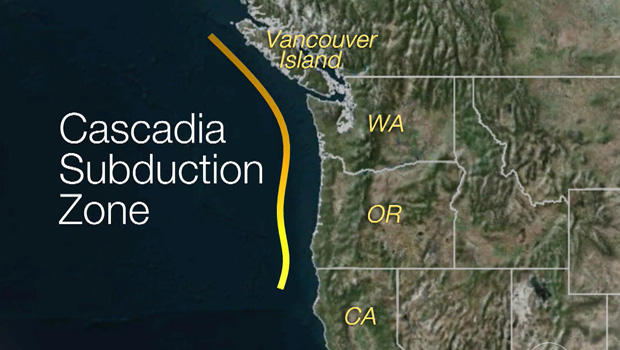
It is hard to know if the current seismic and volcanic unrest along the Ring of Fire will have an impact on this fault. You just better be READY if it is the case
600 earthquakes hit Llaima volcano (Chile), 45 daily explosions at Sabancaya (Peru)
The volcanic unrest is increasing around the world.
Anomalous seismic activity recorded below Llaima volcano in Chile, while Sabancaya volcano in Peru is exploding 45 times per day since a week!
An anomalous swarm of more than 600 earthquakes – never seen in years – is currently hitting below Llaima in Chile.
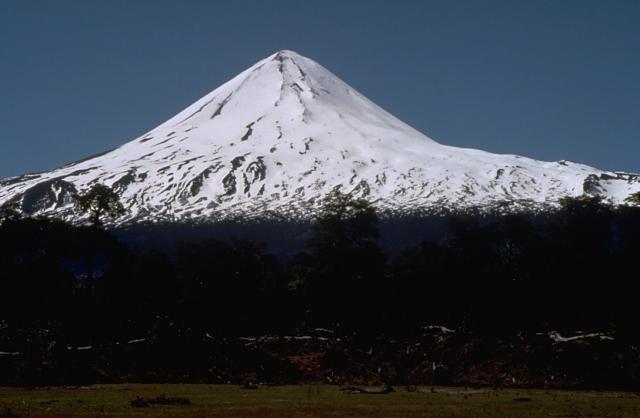
Such an increased seismicity has not been reported since years and thus is kind of frightening or residents and officials.
This new seismic phase shows a change in the behavior of the activity, but the accumulated energy is still low enought. Therefore, the alert level of the Llaima volcano remains at green.
Meanwhile in Peru, the Sabancaya volcano explodes at least 45 times per day since 2 weeks now, with ash and gas plumes reaching a maximum height of 3,500 m above the crater.
The flow of sulfur dioxide is important and seismicity is dominated by LP earthquakes, in relation to fluid movements.
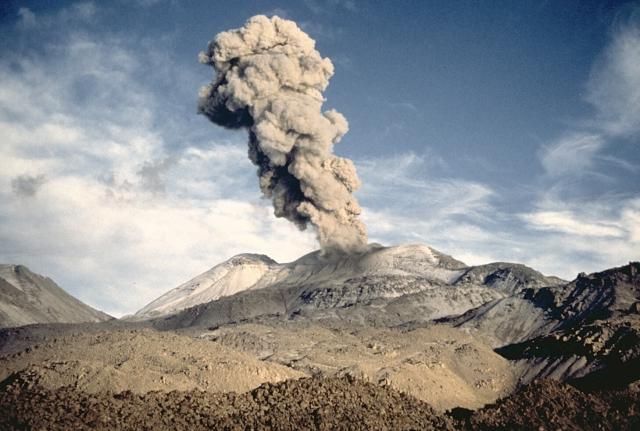
Vanuatu volcano erupts polluting drinking water, thousands evacuated

Vanuatu has launched a Dunkirk-style evacuation on the
northern island of Ambae as a flotilla of boats rescues islanders from
an erupting volcano. The eruption has polluted many of the island’s
water sources leaving thousands of people in need of safe drinking
water, Red Cross delegate Joe Cropp told Reuters by phone on Sunday.
“Water is crucial,” he said. “It’s important to get on top of it right
away.”
The Manaro Voui volcano, the nation’s largest, was seen hurling steam and rocks into the air by New Zealand vulcanologist Brad Scott who flew over the volcano on Saturday. “Maybe about every 8 to 10 seconds there was an explosion, throwing lava bombs up maybe 50 to 100 meters above the crater and there’s also two small lava flows that are flowing across the island into the lake as well,” he said in an interview with Radio NZ published on Sunday. READ MORE
The Manaro Voui volcano, the nation’s largest, was seen hurling steam and rocks into the air by New Zealand vulcanologist Brad Scott who flew over the volcano on Saturday. “Maybe about every 8 to 10 seconds there was an explosion, throwing lava bombs up maybe 50 to 100 meters above the crater and there’s also two small lava flows that are flowing across the island into the lake as well,” he said in an interview with Radio NZ published on Sunday. READ MORE
Latest Fireballs in the skies!
